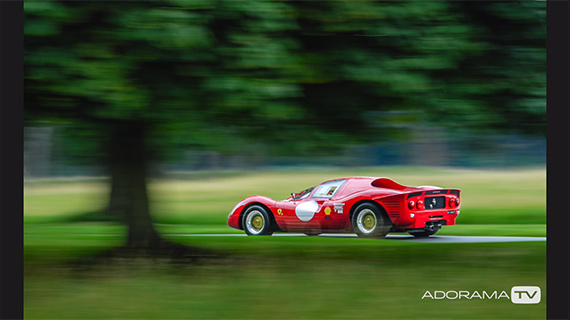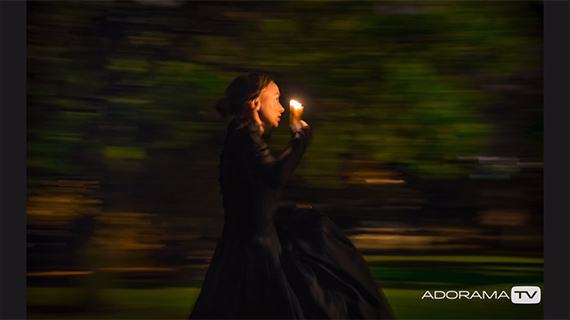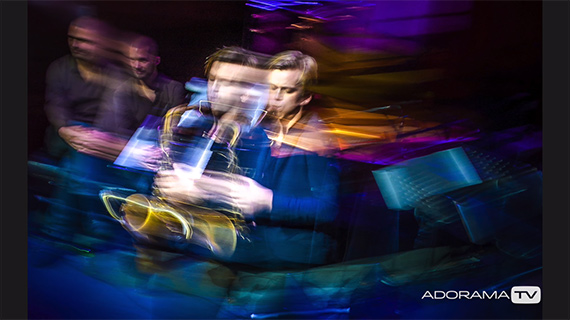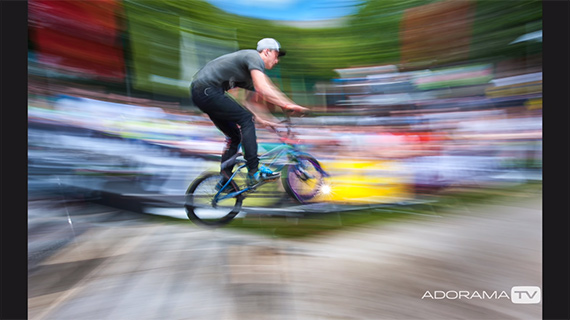Panning is a photography technique often used in sports, fast action, wildlife, and even street photography to an extent. But it can be used in a much wider scope. The basic principles of panning are always the same, as explained by Marcin Lewandowski:
What is Panning?
Panning isn’t a new technique. You might have used it yourself without knowing it. You may have seen others use it and admired how they managed such a shot! Panning is tracking a moving subject with a camera that is set to a long exposure. That way the subject you’re photographing remains sharp while the background becomes blurred.
Applications of Panning
When you think of panning, sports photography might come to mind. But this technique can be used in a lot of other genres of photography, as well.
Just like any other technique in photography, the applications of panning are limited only by your imagination.
Any movement that can be predicted and is generally in one direction can be tracked using panning. It’s all about finding the right sync between the movement of the subject and the camera.
Shutter Speed
Much of the success in panning depends on shutter speed. Panning can be used with a shutter speed as fast as 1/100 second—and even faster. But the best results are usually obtained when the shutter speed is slower. Much slower.
The idea is to be able to track the subject for a sufficient amount of time to bring the movement of the two in sync before pressing the shutter release.
Preparing for the Shot
The best way to prepare for a panning shot is to mimic the movement of the subject that you’re about to photograph. When the movement is predictable it’s easy to anticipate and sync your camera movement with it.
Having said that, if the subject is moving very slowly and the distance between the subject and the camera is very long you will find it that much harder to get a sharp image of the subject. It’s in moments like this that you need a tripod or a monopod to give yourself some extra stability
If you don’t have one of these on hand, tuck your elbows into your body or spread your feet wide to give yourself a more stable stance for sharper shots. Additionally, if your lens’s vibration reduction feature doesn’t support panning, disable it.
We’d love to see your panning shots! Share them in the comments below.
Like This Article?
Don't Miss The Next One!
Join over 100,000 photographers of all experience levels who receive our free photography tips and articles to stay current:











Leave a Reply